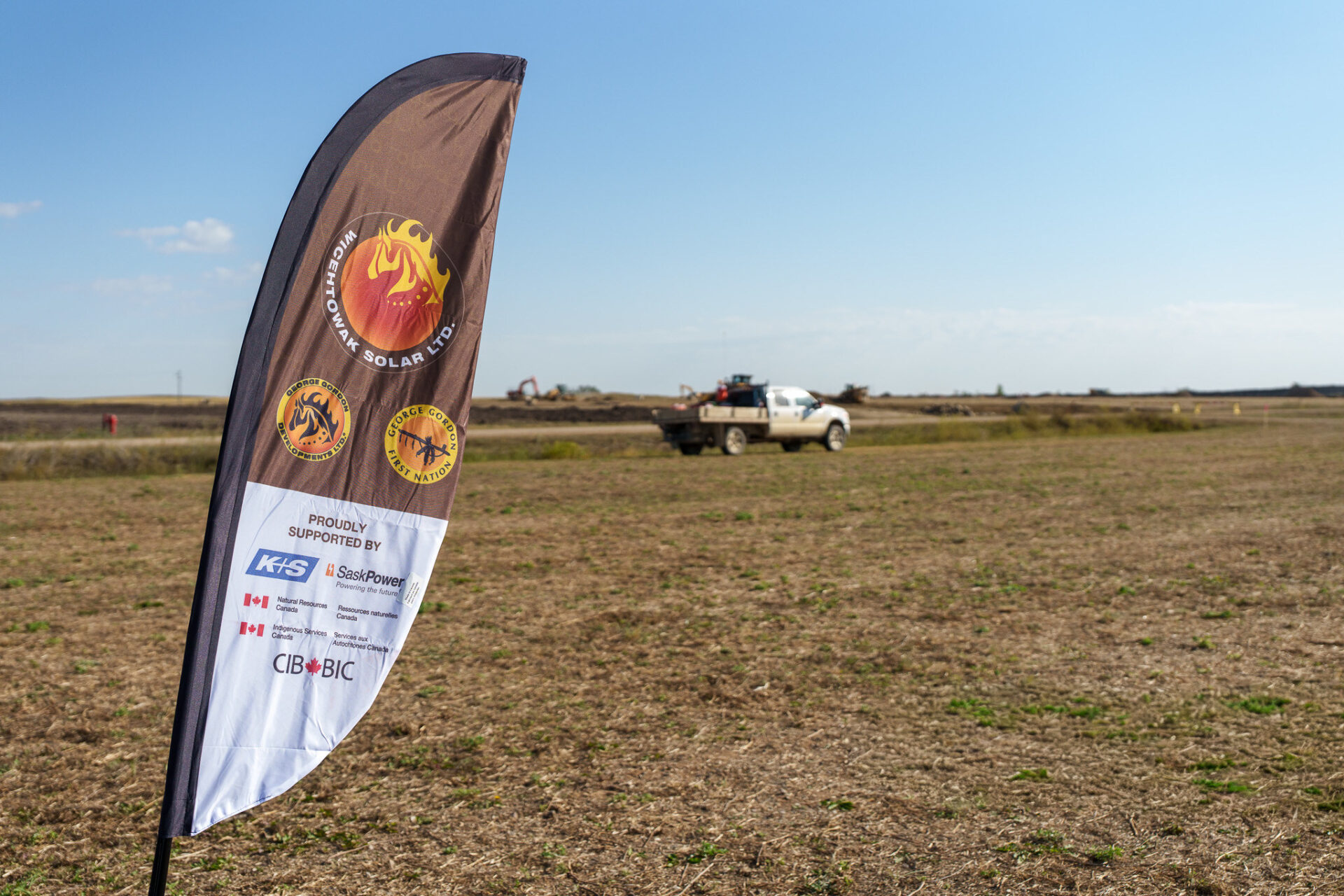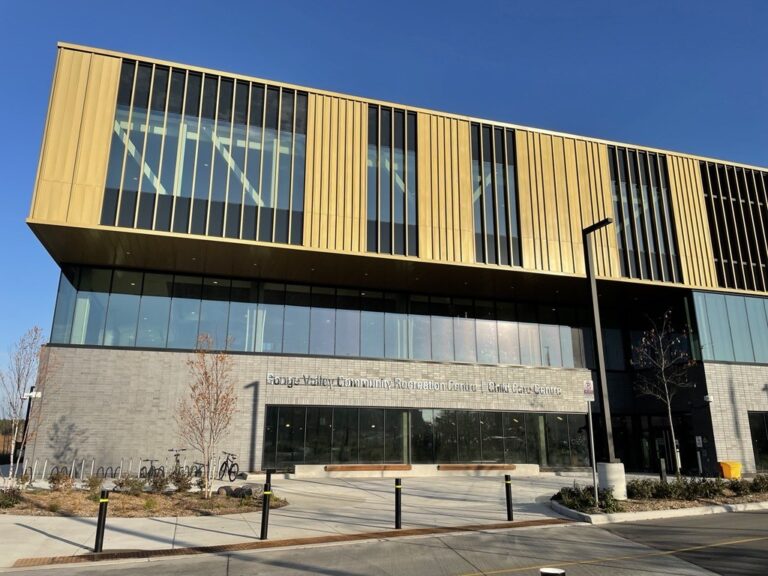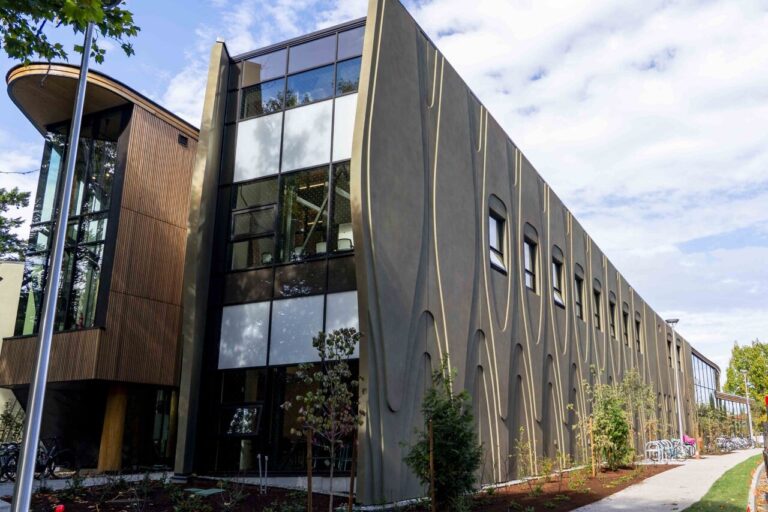The Canada Infrastructure Bank (CIB) and George Gordon Development Limited (GGDL), the economic development arm of George Gordon First Nation (GGFN), have reached financial close on a $42 million repayable loan towards Wicehtowak Solar.
Located in the Rural Municipality of Dufferin, Saskatchewan, on Treaty 4 territory, Wicehtowak Solar will deliver 32.4 MW of renewable energy, supplying power to the Saskatchewan grid and delivering energy directly to the nearby K+S Potash Canada mine. The project will be under a 30-year virtual power purchase agreement with Saskatchewan Power Corporation’s Renewable Access Service program—marking the first development under this initiative.
“Wicehtowak Solar is the CIB’s first 100% First Nation-led clean power loan—and a model for future Indigenous infrastructure partnerships. We’re proud to support this project, in partnership with George Gordon First Nation, which will deliver renewable energy to the nearby K+S Potash Canada mine, advance economic reconciliation and create opportunities for training and development for the community,” said Ehren Cory, CEO, Canada Infrastructure Bank.
The CIB’s investment enables GGFN to acquire full ownership of the project, creating a long-term revenue stream that supports self-determination, job creation and future economic development. Revenue from the solar farm is expected to be reinvested in agriculture, property development and renewable energy initiatives.
“Wicehtowak Solar represents what’s possible when Indigenous leadership and industrial innovation come together. This project will not only produce clean power—it will generate opportunity and lasting value for George Gordon First Nation and beyond,” says Don Ross, CEO, GGDL.
The project will also generate direct employment along with training opportunities for community members in solar panel installation, heavy equipment operation, health and safety, and apprenticeships.
Featuring 66,175 bifacial photovoltaic panels, the solar farm is designed to maximize energy generation by capturing sunlight from both sides of each panel. This is expected to cut emissions by 21,686 tonnes each year.
“We recognize that the needs and priorities of our customers are changing and that they are looking for innovative solutions. The RAS shows that SaskPower is evolving to meet these changing needs while supporting economic reconciliation and renewable power development,” said Rupen Pandya, president and CEO, SaskPower.
The new infrastructure also allows K+S Potash Canada to benefit from a secure, sustainable energy source which will support its long-term energy needs and growth plan of the potash mine.
“This initiative demonstrates how Indigenous-led renewable projects and strong partnerships can help industries such as ours decarbonize our operations power while providing economic benefits for future generations. We wholeheartedly congratulate George Gordon Developments Ltd. on this important project,” sad Sam Farris, president, K+S Potash Canada.
Through the Indigenous Community Infrastructure Initiative (ICII), the CIB is investing in projects and partnerships that deliver direct and lasting benefits to Indigenous communities. Wicehtowak Solar is the CIB’s first project with 100% First Nation ownership. It advances meaningful economic reconciliation and promotes long-term economic opportunity, while increasing clean power delivered to Saskatchewan’s electricity grid.
In addition to the CIB’s loan, Natural Resources Canada is providing a $33 million grant under the Smart Renewables Electrification Pathways Program towards the project.
Featured image: A feather flag for Wicehtowak Solar Ltd., mentioning the partnership with the CIB and other organizations, stands in the foreground of a dry, open field with a white pickup truck and construction equipment visible in the distance under a clear blue sky. (CNW Group/Canada Infrastructure Bank)












